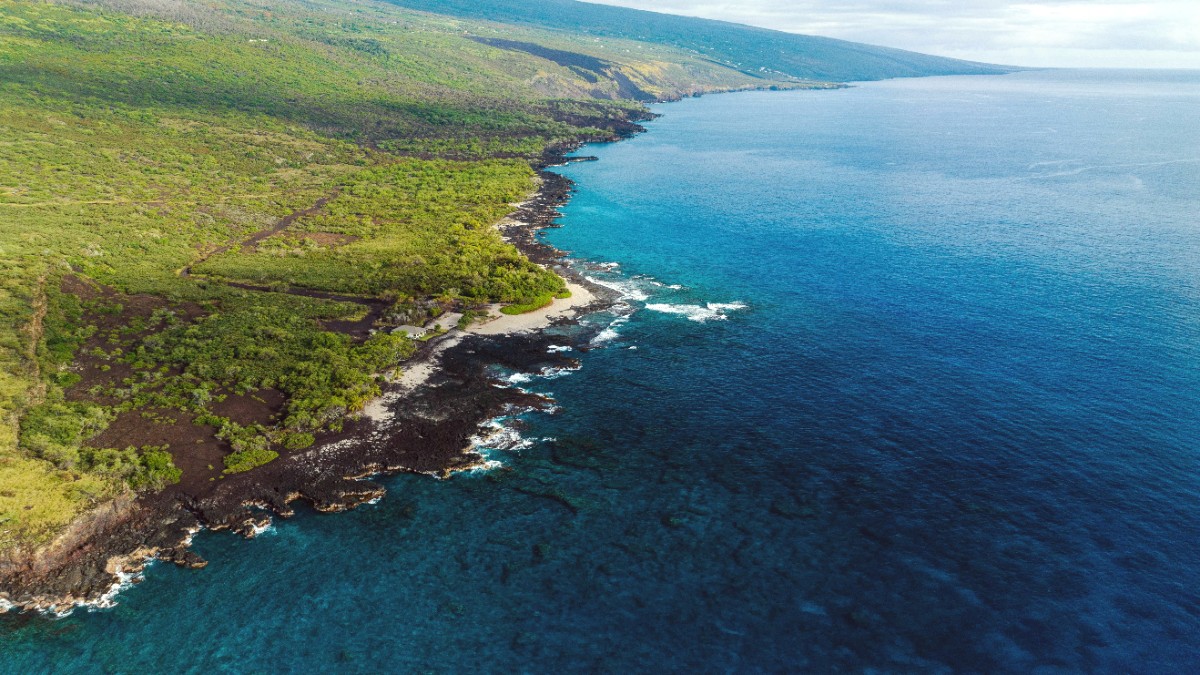
Hawaii, USA
Opt for lightweight, breathable fabrics like cotton, linen, or moisture-wicking synthetics. These materials perform well in the warm, humid coastal areas. Layering is a core strategy; temperatures drop significantly within short distances, especially with elevation gain. Even on a hot beach day, an evening in Waimea or Volcano Village will feel considerably cooler.
Warm layers are necessary for high elevations like Mauna Kea and Hawaiʻi Volcanoes National Park. Temperatures at the Mauna Kea summit can dip below freezing. Hawaii has a casual dress code. Swimsuits are for beaches/pools. When transitioning to public spaces, wear a cover-up over Swimwear. Modesty is appreciated at sacred sites or traditional gatherings.
Sandals, flip-flops ("slippers"), and casual Sneakers are perfect for everyday wear, light walking, and beach outings.
Sturdy, closed-toe shoes or Hiking boots are necessary for uneven terrain, lava rock, or mud. Waterproof hiking shoes are beneficial for wetter trails.
Water shoes are useful for rocky beaches, tide pools, or entering the ocean where coral or sea urchins might be present.
Keep both digital and physical copies of all important documents for easy access and as a backup.
The U.S. Uses Type A (two flat parallel pins) and Type B (two flat parallel pins with a grounding pin) plugs. Standard voltage is 120V at 60Hz. International travelers from countries with different plug types or voltages will need a Universal travel adapter. Most modern smartphones are compatible with U.S. Networks.
A versatile camera captures the island's diverse beauty. A Wide-angle lens is useful for landscapes, a Telephoto lens for wildlife. A Waterproof camera (Action camera like GoPro or Waterproof phone case) for water activities. A Tripod is necessary for stargazing.
Google Maps, Apple Maps, Waze for directions. NOAA Weather or local news apps for forecasts. Download offline maps for remote areas.
USGS Volcanoes app for Kīlauea updates. Uber and Lyft for convenient transportation in Kona and Hilo.
Booking.com, Expedia, Airbnb, or VRBO for managing reservations or finding last-minute lodging.
A well-stocked health and wellness kit offers peace of mind. Carry all prescription medications in their original containers with clear labels. For controlled substances, bring a copy of the prescription and a doctor's note.
The Big Island has a high UV index. Use reef-safe sunscreen, wear hats, sunglasses, and protective clothing. Reapply sunscreen often. Choose repellent with DEET or picaridin for mosquitoes, especially on the Hilo side or near freshwater.
A Daypack for water, snacks, layers, and rain gear. Trekking poles for steep or muddy trails. A Headlamp or flashlight for early morning/late evening hikes.
Bring your own snorkel Mask, snorkel, and fins for a better fit and hygiene. A lightweight Beach towel and a Beach bag are useful. A small cooler keeps drinks cool on long beach days.
If stargazing at Mauna Kea Visitor Information Station, Binoculars enhance the experience. Bring a warm blanket and camp chairs. If camping, bring your tent, Sleeping bag, and basic cooking gear. Check for permits.
These items contribute to a smoother and more comfortable travel experience.
Reduce waste and be prepared for local practices. Carry a car charger for your phone, essential for navigation on the expansive island.
Useful for whale watching, bird watching, lava flows, stargazing.
Bring specific brands or sensitive skin products not widely available.
Can be expensive locally; bring your own if you own it.
For remote hikes, though generally not needed for tap water.
Pack versatile layers. You can go from beach shorts to mountain snow gear in a single day.
Consider packing cubes to organize diverse clothing types for different activities and climates.